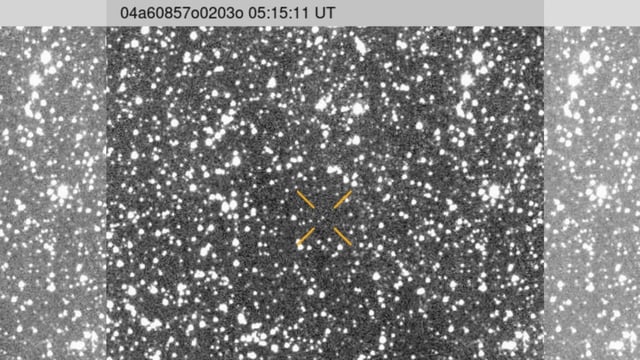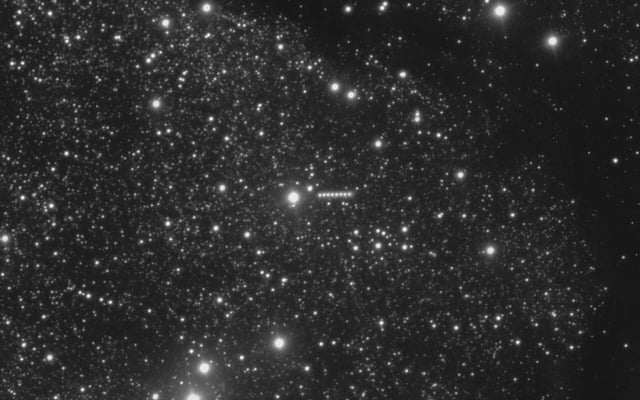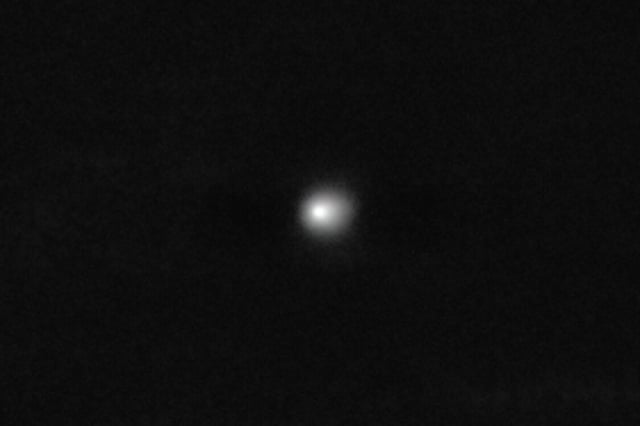Overview
- VLT images from July 3 show a pronounced gas-and-dust coma enveloping 3I/ATLAS at about 4.5 AU from the Sun
- Orbital data confirm a hyperbolic trajectory that keeps the comet at least 1.6 AU from Earth and seals its interstellar origin
- 3I/ATLAS will reach closest approach to the Sun on October 30 at roughly 1.4 AU, passing just inside Mars’s orbit
- Modeling led by Professor Chris Lintott indicates the comet likely hails from an old star in the Milky Way’s thick disk and may predate our Solar System
- Observatories worldwide—including ESO’s VLT and the upcoming Vera C. Rubin Observatory—are poised to monitor the comet’s changing brightness and composition



